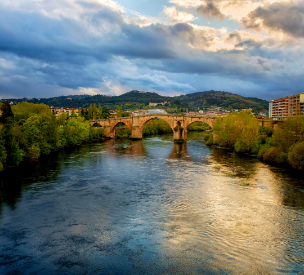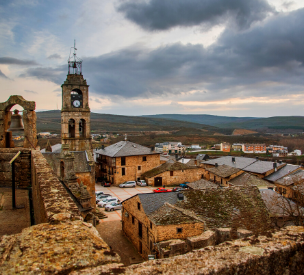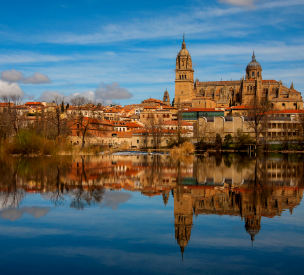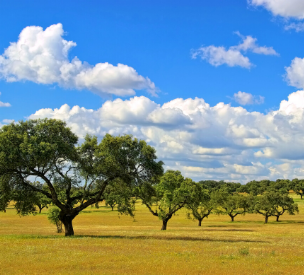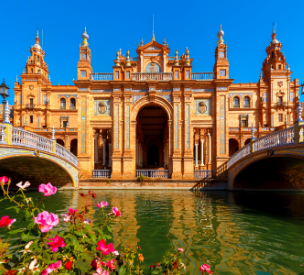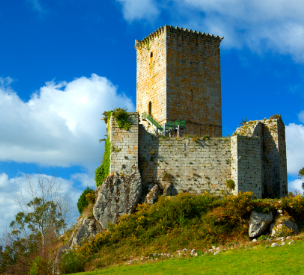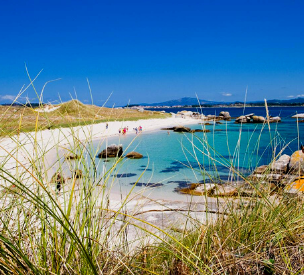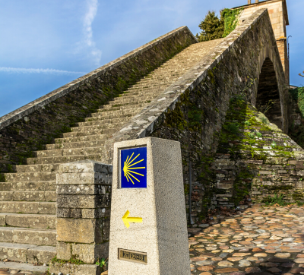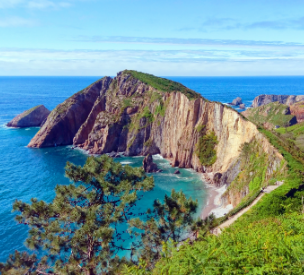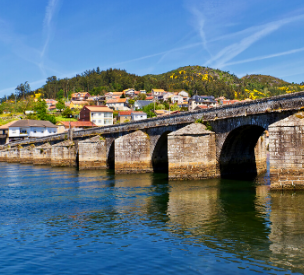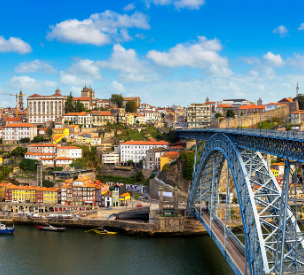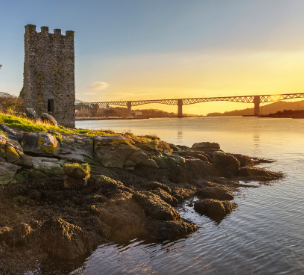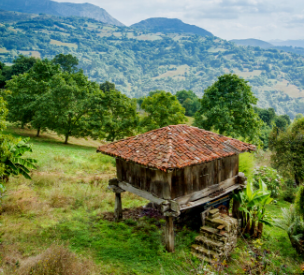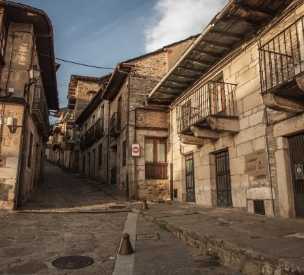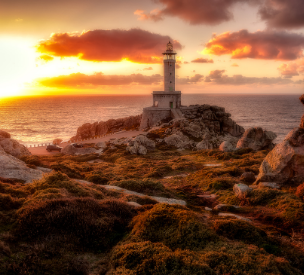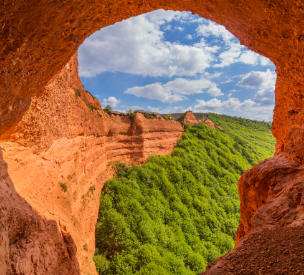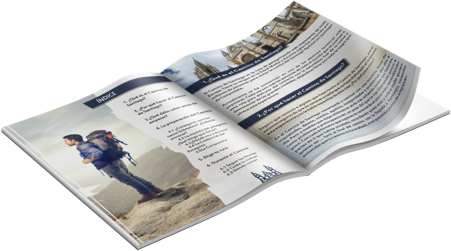Via de la Plata (The Silver Route)
27 stages | 689 km
The Silver Rout, the longest route to Santiago de Compostela.
Starting from the vibrant city of Seville, Via de la Plata offers a unique journey crossing the Iberian Peninsula from north to south. An itinerary that runs through Andalusian lands, crossing important towns such as Castilblanco de los Arroyos or Almadén de la Plata, to fully immerse in Extremadura lands and in a typical landscape of pasture, discovering to the walkers important towns such as Zafra, Mérida, or Cáceres. Already in Castilla y León, the Vía de la Plata crosses the province of Salamanca until it reaches Zamora.
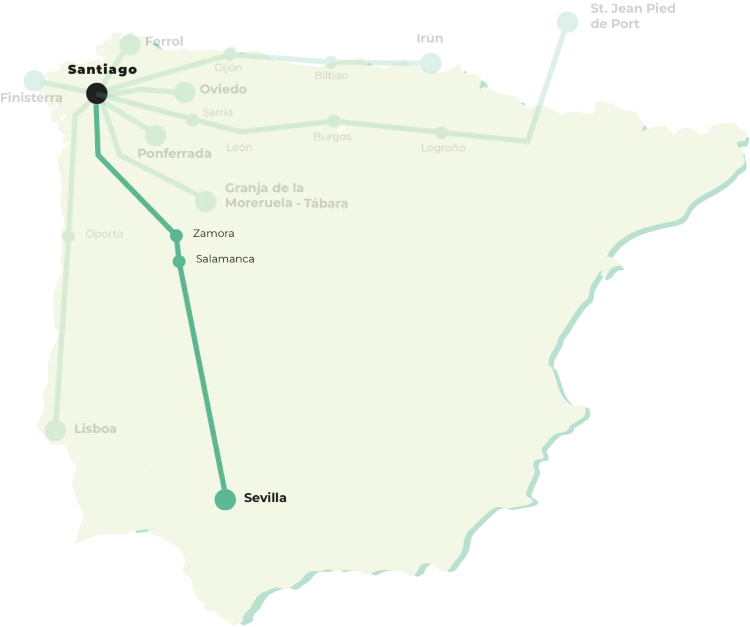
Via de la Plata Routes
Vía de la Plata Information
Via de la Plata
Although it is not one of the most popular routes of the Camino de Santiago, it is gradually gaining popularity, especially among those pilgrims who seek to escape from the overcrowding and the tourist atmosphere of other routes, or are in search of an experience that retains the essence of the first pilgrimages.
However, the entire route is perfectly signposted with yellow arrows that will make it practically impossible to get lost; it also has an infrastructure of accommodation and services more than enough for walkers who walk this route every year.
However, a crucial consideration when embarking on the Silver Route is to steer clear of the hotter months. During summer, temperatures soar, particularly in southern Spain. Many pilgrims contend with heatstroke, often leading to the premature termination of their journey. Consequently, we advise against undertaking this route, especially in July and August.
What to see and do in the Via de la Plata
- Plaza España – Seville
- The Giralda – Seville
- Seville Cathedral
- Royal Alcazar of Seville
- Theater of Mérida
- Procathedral of Santa María – Cáceres
- University of Salamanca
- Monastery of Santa María de Moreruela
- Sanabria Lake Natural Park
Thermal baths of Ourense
Monastery of Oseira
Where to start Via de la Plata?
From Seville
The magical city of the Guadalquivir is the traditional starting point of the Silver Route. If you decide to start your pilgrimage from Seville, besides being able to enjoy all the attractions of one of the most touristic cities in Spain, you will be amazed walking through Andalusian and Extremaduran lands. Through olive groves and extensive pasture landscapes that will be diluted as you approach the north of the peninsula. From this point, you will walk a total of 23 stages to join the Sanabrés Way in Granja de Moreruela or 27 stages to join the French Way in Astorga.
From Merida
Mérida is an idyllic starting point to begin the Silver Route. Called Augusta Emerita by the Romans, the city of Extremadura breathes Rome through every pore, with its amphitheater, its Roman bridge, and the famous Temple of Diana. A place that will make you travel to another time before starting your pilgrimage. From Mérida, you will travel a total of 13 stages until you join the Sanabrés Way in Granja de Moreruela, or 17 stages until you join the French Way in Astorga.
From Salamanca
The brand new university city of Salamanca is a symbiosis of history, culture, tradition, architecture, and knowledge. The southern half of the Salamanca section of this route has an important Roman legacy. You can still see parts of the Roman road, such as the Roman culverts, milestones, and bridges. From Salamanca, you can follow the Silver Route in 8 stages until you join the French Route in Astorga or 4 stages until you join the Sanabrés Route in Granja de Moreruela.
Map Silver Route
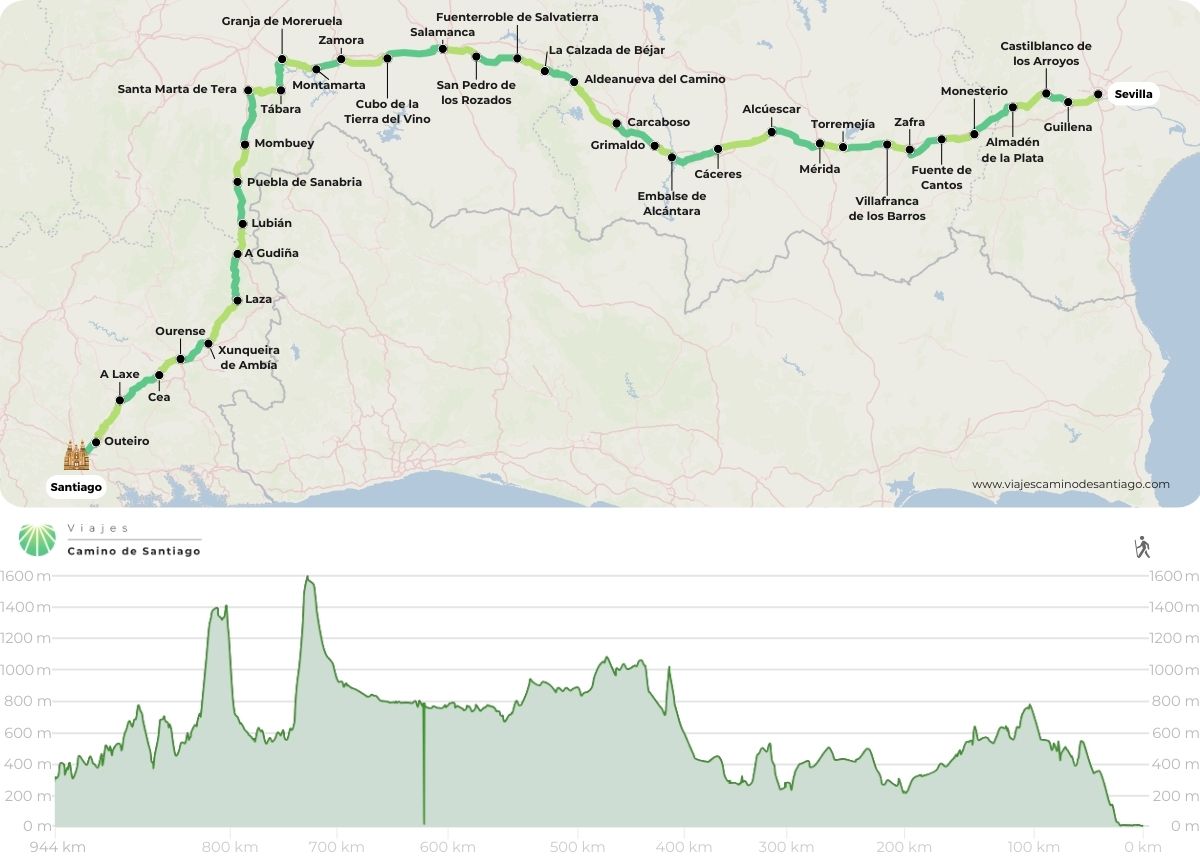
Via de la Plata: Stages to Santiago
History of Via de la Plata
We embark on a journey through ancient history, tracing the possible origins of this route. Historians suggest that its roots date back to the time of the Tartessians, who may have established a trade route known as the “Way of Tin” across the western Iberian Peninsula, named after the metal that was transported and traded along these routes.
However, the exact origins remain uncertain, as the earliest documented evidence points to the Roman era. The Vía de la Plata originated as a network of Roman cobblestone roads connecting the cities of Augusta Emerita (modern-day Mérida) and Asturica Augusta (today’s Astorga). These two cities, situated in ancient Lusitania, were vital commercial hubs linking the south and north of the Iberian Peninsula.
Following the Muslim occupation, the reconquest of the Iberian Peninsula also saw the revival of this route. Devout pilgrims of Saint James the Greater reclaimed it as a pilgrimage path to the city where the saint was laid to rest, henceforth known as the Silver Route.

